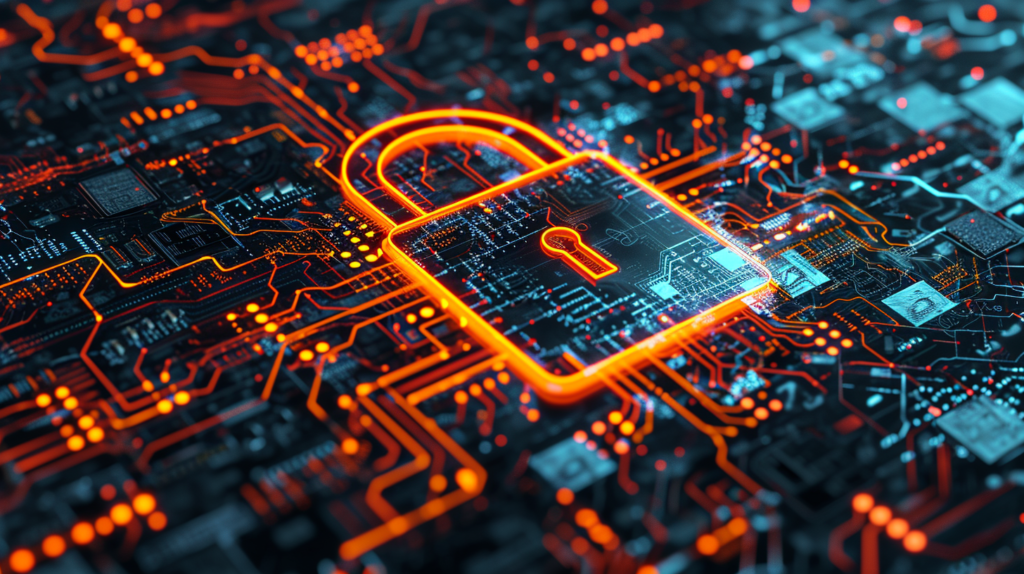Understanding Endpoint Security Policies
In a world where data breaches seem frequent, endpoint security is a critical piece of the cybersecurity puzzle. Yet, many organizations may treat it as an afterthought. To put it simply, endpoint security refers to the practice of protecting endpoints or entry points of end-user devices such as desktops, laptops, and mobile devices from exploitation. An effective endpoint security policy lays the groundwork for a robust defense against potential vulnerabilities.
What is an Endpoint Security Policy?
An endpoint security policy is a document that outlines the rules, guidelines, and best practices for securing endpoints within an organization. It provides a framework for how devices connect to the network and protects sensitive information.
This policy covers various aspects, including:
- Device Management
- Access Control
- Data Encryption
- Threat Detection and Response
- User Training
A clear policy helps ensure that every employee understands their role in protecting the organization’s data.
The Importance of Endpoint Security Policies
Why does your organization need a solid endpoint security policy? The risks associated with unsecured endpoints are substantial. Each device connected to your network can be a potential gateway for attackers. Without robust security measures, you expose yourself to malware, phishing attacks, and data breaches.
Consider this: every device used by employees can access sensitive data. If not properly secured, these devices might inadvertently share information with malicious entities. An effective policy helps mitigate these risks by establishing consistent security measures across all endpoints.
Key Components of an Effective Endpoint Security Policy
Creating an effective endpoint security policy requires a comprehensive approach. Here are the key components to consider:
1. Device Inventory
First, you need to know what devices are in your network. Maintain an updated inventory of all devices used within the organization. This includes not only corporate-owned devices but also personal devices accessing the network, commonly referred to as BYOD (Bring Your Own Device).
2. Access Control
Control who has access to what. Implement role-based access controls (RBAC). This means granting permissions based on the user’s role within the organization. Not everyone needs access to sensitive information. Limiting access reduces potential exposure in the event of a breach.
3. Data Encryption
Encrypt sensitive data stored on devices and during transmission. If attackers gain access, encrypted data remains a barrier, rendering the information useless without decryption keys.
4. Threat Detection and Response
You need a system for detecting threats in real time. Invest in endpoint detection and response (EDR) solutions that can monitor and analyze threats on endpoints. Make sure your policy includes procedures for responding to incidents swiftly to contain and eliminate threats.
5. Regular Updates and Patch Management
Ensure that all devices run the latest software updates and security patches. An effective policy should set protocols for routine checks to ensure compliance with update schedules. Attackers often exploit known vulnerabilities, so being proactive can avoid potential issues.
6. User Training
People are often the weakest link in cybersecurity. Regular training sessions can empower users with knowledge about potential risks and safe practices. Teach employees to recognize phishing attempts and avoid risky behaviors online.
Challenges in Implementing Endpoint Security Policies
While drafting an endpoint security policy seems straightforward, the real challenge lies in implementation. Here are some common hurdles:
- Employee Resistance: Some employees may resist changes, especially if they believe the policies hinder productivity.
- Keeping Up with Technology: Technology evolves, and so do threats. Your policy must remain flexible to adapt to new developments.
- Compliance Issues: Many industries are subject to regulations that dictate specific security measures. Ensure your policy aligns with these requirements.
Overcoming these challenges involves clear communication and management support. When employees understand the importance of the policy, they are more likely to adopt it willingly.
Best Practices for Maintaining Endpoint Security Policies
Creating a policy is just the start. Regular maintenance is crucial for its effectiveness. Here are best practices for ensuring your policy stays relevant and effective:
- Regular Audits: Conduct periodic audits to assess compliance with the endpoint security policy. Identify gaps and address them promptly.
- Feedback Loop: Encourage employees to provide feedback on the policy. Their insights can help refine and improve security practices.
- Continuous Education: Cybersecurity is not static. Offer ongoing training to keep employees informed about the latest threats and security protocols.
- Incident Response Drills: Regularly simulate cyber incidents to test your response protocols and ensure everyone knows their role in an actual event.
The Future of Endpoint Security Policies
As remote work becomes more commonplace, the need for robust endpoint security policies will only continue to grow. More devices will connect to networks, exposing businesses to potential threats. Policies must evolve to address the new landscape of cybersecurity challenges.
Organizations should also explore advanced technologies, such as artificial intelligence and machine learning, to enhance their endpoint security efforts. These technologies can help predict and identify threats more accurately.
Wrapping Up
Endpoint security policies are essential for protecting an organization’s data and assets. By outlining clear guidelines and responsibilities, these policies play a vital role in minimizing security risks. It’s not just a technical issue but a cultural one as well. Getting everyone on board will strengthen your defenses against increasingly sophisticated cyber threats.
Ultimately, the goal is to create a security-minded culture where everyone understands their role in protecting sensitive information. The world of cybersecurity is constantly changing, but with a solid endpoint security policy, you can navigate it more comfortably and securely.

